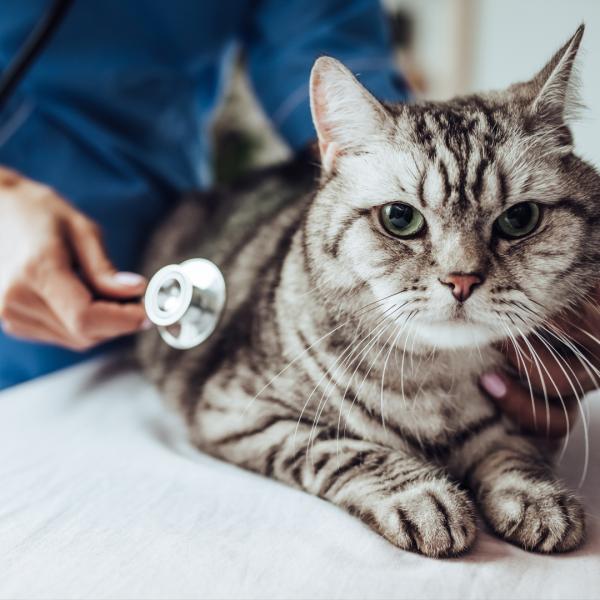Category
Pet Lifestyle, The Vet Consultancy
Written by Paul

Dr Paul Manktelow is a vet who’s worked for almost 20 years on the front line in some of the UK’s busiest veterinary hospitals. As Chief Vet in the Charity Sector, he leads a team of vets and nurses that treat thousands of pets every year. Paul also appears regularly in the media as a TV and radio presenter, writer, public speaker and podcast producer.
Veterinary medicine has long been viewed as a stable and secure profession. For years, headlines focused on staff shortages and high demand across the industry. So why are we now seeing experienced veterinary professionals facing redundancy? In this blog, we explore how perceptions of job security are shifting and what this means for vets, nurses, and the wider teams working in animal care.
A Surprising Shift
Redundancies have become a routine part of corporate business structures. But within clinical veterinary roles, they feel jarring. Many in the profession have always assumed that the demand for animal care would offer protection from such changes. However, in our recent episode of The Consult Room, veterinary nurse Annie Clark shared her first-hand experience of redundancy, and how it upended her assumptions about career stability.
Listen to the episode on Spotify Listen on Apple Podcasts Watch the full episode on YouTube :
From Shortage to Surplus?
The pandemic saw a sharp rise in pet ownership and a rapid expansion of veterinary services. As demand surged, practices grew quickly. But as things have levelled off, some corporate practices have turned to restructuring, leaving vital clinical roles at risk.
This shift has felt particularly unsettling for clinical professionals who, until now, have rarely needed to consider the possibility of redundancy.
The Emotional Impact
Redundancy is more than a financial event, it’s emotional. Annie described feeling blindsided and unsupported, noting that redundancies within her high-performing hospital team felt disconnected from on-the-ground reality. Despite being a busy and productive team, roles were cut as part of a cost alignment strategy.
What’s more, Annie’s experience wasn’t isolated. Post-redundancy, several team members left voluntarily, feeling uncertain about their future within the organisation. This points to a larger trend of instability rippling through clinical teams.
Rethinking Stability
As Annie highlighted, job interviews now come with new questions; about financial security, redundancy risk, and long-term planning. The traditional perception of veterinary jobs as a “safe” choice has been shaken. And with workforce shortages still a factor in some regions, it raises the question: can the sector afford to lose skilled professionals?
Moving Forward
While restructuring may be necessary at times, it’s crucial that decision-makers consider the broader consequences, on workforce morale, on patient care, and on retention of experienced professionals. Transparent communication and human-centred processes are essential if the profession is to navigate this shift without further erosion of trust.
To hear Annie’s full story and join the conversation, tune into this episode of The Consult Room:
Spotify | Apple Podcasts | YouTube






